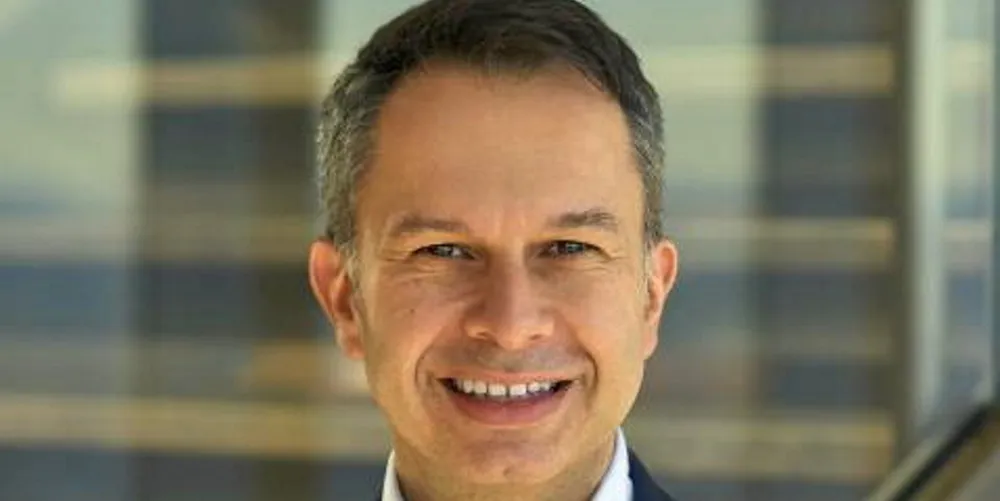EnergyRe ramps US solar ambitions with $240m project financing and tax equity deal
Lone Star array a sign lenders are backing renewable energy in South Carolina where development has lagged

Ambitious US developer energyRe has secured $240m in financing and a tax equity commitment for its Lone Star solar and battery storage project in South Carolina, a sign that lenders are warming to renewables in a southern state that has lagged others in development.
“Lone Star Solar reflects energyRe's commitment to accelerating the U.S. energy transition with reliable, clean power,” said Miguel Prado, CEO of energyRe, based in New York.
Santander Bank acted as coordinating lead arranger for the $155m in project financing for Lone Star, a 108MW array with a 198MWh battery energy storage system (BESS). Bank of America has committed $85m in tax equity.
The project qualifies for federal investment tax credits (ITCs) available under the Inflation Reduction Act (IRA), the landmark 2022 US climate law, according to energyRe, which did not disclose their value.
Worth 6% of a project’s capital investment, ITC value increases to 30% if wage and apprenticeship requirements are met.
Projects are eligible for 10% bonus adders if they meet domestic content minimums and are in either a so-called energy community, a former brownfield coal or oil extraction site, or a low-income area.
Last year, energyRe announced the project sealed a 10-year PPA deal with Dominion Energy South Carolina (DESC). The BESS will be the largest on the DESC network. Syensqo will purchase all renewable energy certificates generated by Lone Star.
“We are delighted to support energyRe in their first U.S. tax equity transaction,” said Todd Karas, head of renewable energy finance at Bank of America. “We recognize the Lone Star project as a milestone in energyRe's growth and a noteworthy development for the State of South Carolina.”
EnergyRe claims more than 700MW of contracted solar projects in South Carolina, making it a leading player for the technology that provided 3.3% of the state’s electricity in 2023, according to American Clean Power Association, a national trade group.
Renewables supplied 7% of grid-scale power with biomass and hydro comprising most of the balance. South Carolina has no onshore wind. Nuclear accounted for 55% of the generation mix, natural gas 24% – all imported – and coal 14%.
The 1.6GW of installed grid-scale solar in South Carolina trails neighbours North Carolina (6.3GW) and Georgia (4.1GW), as well as Florida (8GW) and Virginia (3.3GW) in the Atlantic region.
EnergyRe under Prado – former head of EDP Renewables in North America who joined the company in 2021 – has increased its visibility through partnering in several ambitious high-profile clean energy projects.
These include the 2.1GW Leading Light in the offshore wind New York Bight, the 1.3GW Clean Path NY transmission line that will bring solar and wind power to New York City, and SOO Green HVDC Link that will enable 2.1GW of renewable energy in midwestern markets.
Last December, energyRe raised $1.2bn in capital from Danish investors Glentra Capital, Novo Holdings, and pension fund PKA to support expansion of those and other clean energy projects.
Glentra co-founder Henrik Tornrup is well-known in US offshore wind circles. He was a former partner at Copenhagen Infrastructure Partners, whose 800MW Vineyard Wind I is the first commercial-scale US project.
(Copyright)